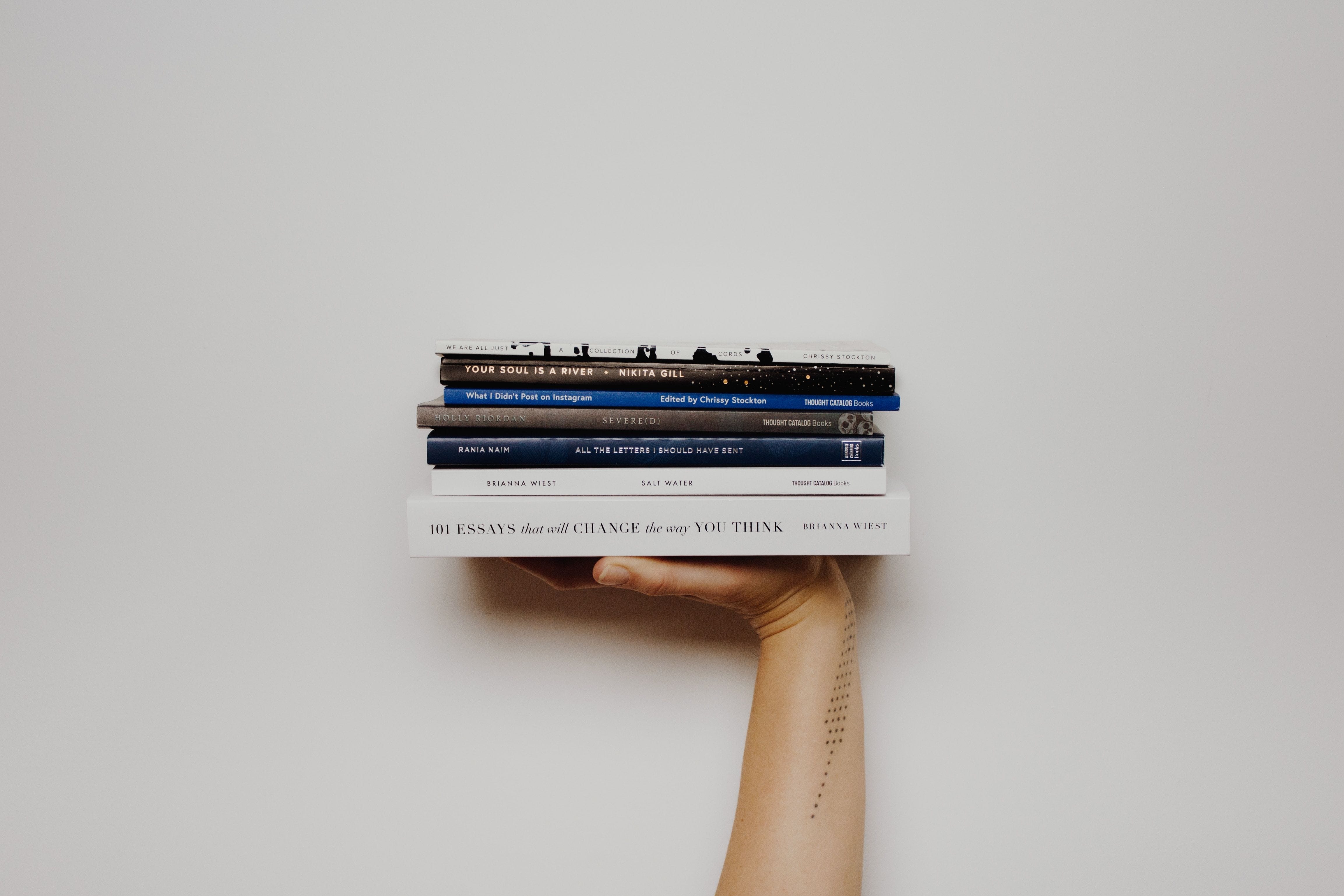Do we read differently on paper than on a screen?
)
How much time do we spend reading on screen and what are we reading?
The answer to this depends on how "reading" is defined. The research and statistics in this area vary depending on how the term is defined. Are we referring solely to the reading of textual material, or are we also including pictures, social media and hypertext containing links? If the latter definition is used, we can say that we are reading as never before and that the Internet has brought about an explosion of reading. From this perspective, we can remark that we read on screens every single day, whether it is email, "snaps," news, official documents or posts on discussion forums. It is interesting that while music and films have become almost an entirely digital affair, the sale of digital books in many countries is less than ten percent. However, after several years of rapid growth, it has now stabilised. Even though it is possible to read using technical solutions such as a Kindle, even when it is not connected to the Internet, often readers do not find it as inspiring as reading a paper book.When do we prefer a printed medium, such as a book?
There are many components, factors and conditions that can come into play here, such as the reader, the material, the purpose and the technology. Not only the reader's proficiency, background and expectations must be kept in mind, but also the type of material that is being referred to and the kind of screen that is being used. It is not a case of "one size fits all," but patterns are beginning to emerge from empirical research into the subject. The length of the text seems to be the most critical factor. If the text is long, needs to be read carefully and perhaps involves making notes, then studies show that many people, including young people such as students, still often prefer a printed book, even if it is available as both an e-book and in electronic formats with options for making notes, enabling the user to search for and highlight the text digitally. This is not the case when it comes to shorter texts.
How can you explain this?
When reading long, linear, continuous texts over multiple pages that require a certain amount of concentration, referred to as "Deep Reading," the reader often experiences better concentration and a greater overview when reading from a printed medium compared to a screen. When we are reading from a screen, only one section can be seen at a time and the available reading surface area is limited. If you read a printed medium such as a book, several text areas are available simultaneously and it feels easier to form an overview and make notes in the margins.Do we read better or worse on screens compared to printed media?
Again, it depends entirely on our definition of "reading" and what kind of text is being referred to. However, an interesting finding in some of the empirical studies is that we tend to overestimate our own reading comprehension when we read on screen compared to on paper. Some studies have shown that we believe we have understood the text better, when we read from a screen. However, it has been found that we tend to read faster on screen and consequently understand less compared to when reading from paper. This is a very new research topic and there are studies that have not found any differences in this area. As a result, a lot more studies are required to be able to make conclusions with any level of certainty. However, such findings do highlight something very important, namely that we may have a different mental attitude to what we read on a screen. This has very significant implications, including in the context of education.What is it with books that catches our attention?
A book also has more physical attributes or characteristics that can suggest something about the content and the text, in comparison to a screen. While an iPad will always look the same, a book has different physical and typographic characteristics that can encourage a certain reading mode and can affect the way in which you read, for example, a thick and compact novel or a thin book of poems. A physics textbook obviously gives off different signals than a pocketbook by Dan Brown. It has something to do with seeing it and physically feeling that you are browsing in a book.


)
